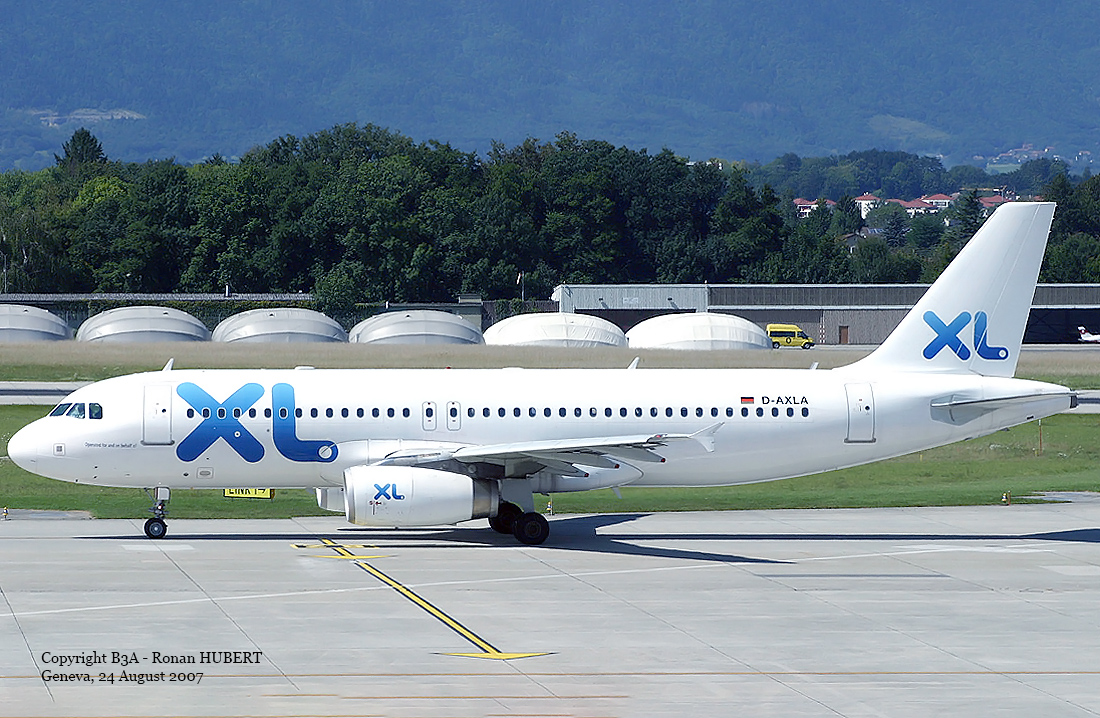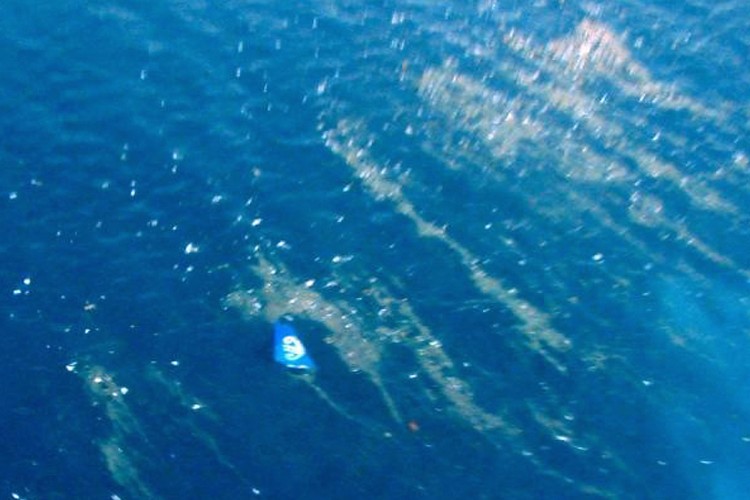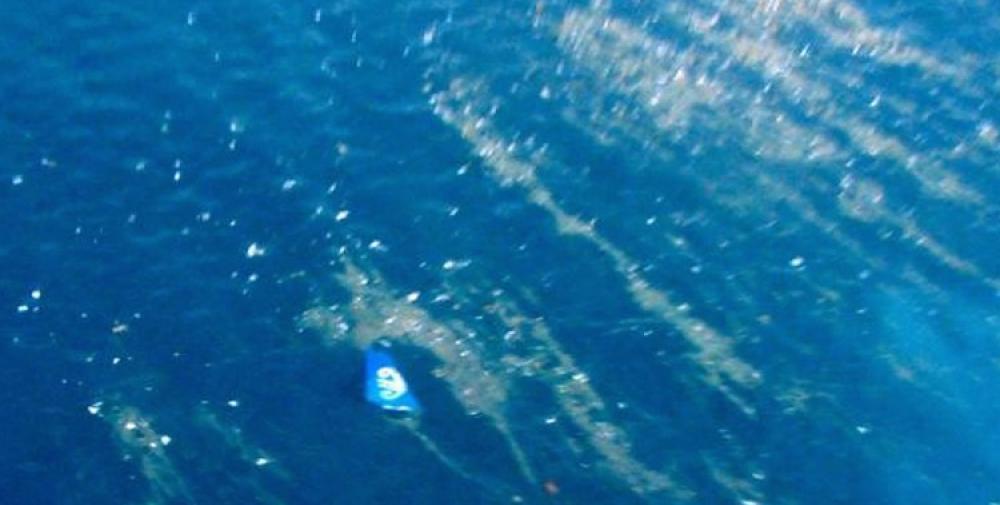Date & Time:
Nov 27, 2008 at 1646 LT
Type of aircraft:
Airbus A320
Registration:
D-AXLA
Flight Phase:
Landing (descent or approach)
Flight Type:
Test
Survivors:
No
Site:
Lake, Sea, Ocean, River
Schedule:
Perpignan - Frankfurt
MSN:
2500
YOM:
2005
Flight number:
GXL888T
Country:
France
Region:
Europe
Crew on board:
2
Crew fatalities:
2
Pax on board:
5
Pax fatalities:
5
Other fatalities:
0
Total fatalities:
7
Captain / Total hours on type:
7038
Copilot / Total hours on type:
5529
Aircraft flight hours:
10124
Aircraft flight cycles:
3931
Circumstances:
Flight GXL888T from Perpignan-Rivesaltes aerodrome was undertaken in the context of the end of a leasing agreement, before the return of D-AXLA to its owner. The program of planned checks could not be performed in general air traffic, so the flight was shortened. In level flight at FL320, angle of attack sensors 1 and 2 stopped moving and their positions did not change until the end of the flight. After about an hour of flight, the airplane returned to the departure aerodrome airspace and the crew was cleared to carry out an ILS procedure to runway 33, followed by a go around and a departure towards Frankfurt/Main (Germany). Shortly before overflying the initial approach fix, the crew carried out the check on the angle of attack protections in normal law. They lost control of the airplane, which crashed into the sea.
Probable cause:
The accident was caused by the loss of control of the airplane by the crew following the improvised demonstration of the functioning of the angle of attack protections, while the blockage of the angle of attack sensors made it impossible for these protections to trigger. The crew was not aware of the blockage of the angle of attack sensors. They did not take into account the speeds mentioned in the program of checks available to them and consequently did not stop the demonstration before the stall.
The following factors contributed to the accident:
• The decision to carry out the demonstration at a low height
• The crew’s management, during the thrust increase, of the strong increase in the longitudinal pitch, the crew not having identified the pitch-up stop position of the horizontal stabilizer nor acted on the trim wheel to correct it, nor reduced engine thrust
• The crew having to manage the conduct of the flight, follow the program of in-flight checks, adapted during the flight, and the preparation of the following stage, which greatly increased the workload and led the crew to improvise according to the constraints encountered
• The decision to use a flight program developed for crews trained for test flights, which led the crew to undertake checks without knowing their aim
• The absence of a regulatory framework in relation to non-revenue flights in the areas of air traffic management, of operations and of operational aspects
• The absence of consistency in the rinsing task in the airplane cleaning procedure, and in particular the absence of protection of the AOA sensors, during rinsing with water of the airplane three days before the flight. This led to the blockage of the AOA sensors through freezing of the water that was able to penetrate inside the sensor bodies.
The following factors also probably contributed to the accident:
• Inadequate coordination between an atypical team composed of three airline pilots in the cockpit
• The fatigue that may have reduced the crew’s awareness of the various items of information relating to the state of the systems.
The following factors contributed to the accident:
• The decision to carry out the demonstration at a low height
• The crew’s management, during the thrust increase, of the strong increase in the longitudinal pitch, the crew not having identified the pitch-up stop position of the horizontal stabilizer nor acted on the trim wheel to correct it, nor reduced engine thrust
• The crew having to manage the conduct of the flight, follow the program of in-flight checks, adapted during the flight, and the preparation of the following stage, which greatly increased the workload and led the crew to improvise according to the constraints encountered
• The decision to use a flight program developed for crews trained for test flights, which led the crew to undertake checks without knowing their aim
• The absence of a regulatory framework in relation to non-revenue flights in the areas of air traffic management, of operations and of operational aspects
• The absence of consistency in the rinsing task in the airplane cleaning procedure, and in particular the absence of protection of the AOA sensors, during rinsing with water of the airplane three days before the flight. This led to the blockage of the AOA sensors through freezing of the water that was able to penetrate inside the sensor bodies.
The following factors also probably contributed to the accident:
• Inadequate coordination between an atypical team composed of three airline pilots in the cockpit
• The fatigue that may have reduced the crew’s awareness of the various items of information relating to the state of the systems.
Final Report:
D-AXLA.pdf18.2 MB




